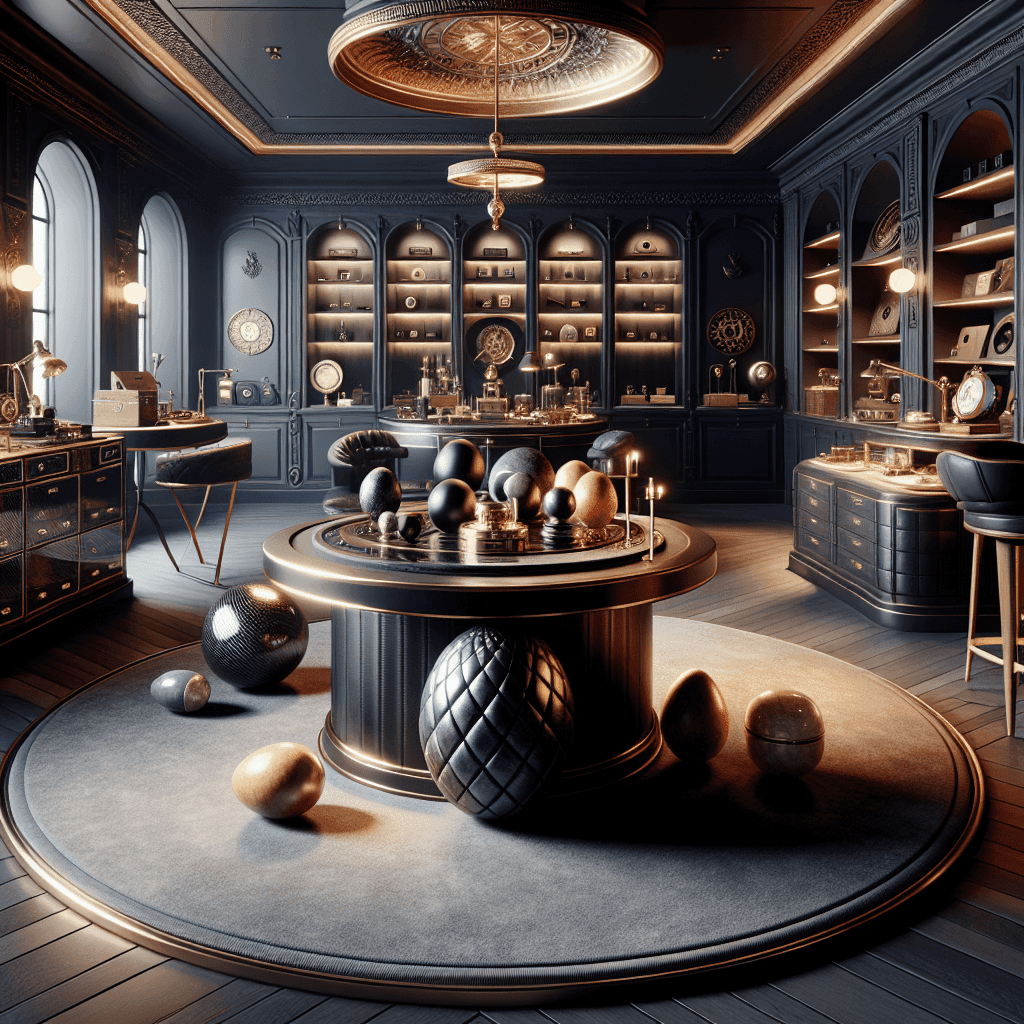Exploring the Opulence and History Behind the World’s Most Intricate Jeweled Eggs
The allure of Fabergé eggs is not merely in their exquisite beauty or the precious materials from which they are crafted, but in the rich tapestry of history and culture that each egg embodies. These masterpieces of the jeweler’s art are not only symbols of luxury, but also of the profound human capacity for creativity and the enduring desire to encapsulate grandeur in a form as delicate as an egg.
- The Origins of Fabergé Eggs
- Unveiling the Craftsmanship
- Iconic Fabergé Eggs and Their Stories
- Cultural Impact and Legacy
- Fabergé in the Modern Day
- Preserving the Legacy of Luxury and Artistry
The Origins of Fabergé Eggs
The story of Fabergé eggs begins with Peter Carl Fabergé, a master goldsmith and jeweler in the Russian Imperial Court. Born in 1846 in Saint Petersburg, Russia, Fabergé inherited his father’s jewelry business and transformed it into an internationally renowned enterprise. The pivotal moment came in 1885, when Tsar Alexander III commissioned the first Imperial Easter egg as a gift for his wife, Empress Maria Feodorovna. This egg, known as the Hen Egg, was crafted from gold and enameled on the outside to resemble a simple white egg. Inside, it held a golden yolk, a golden hen, and a tiny diamond replica of the imperial crown.
Unveiling the Craftsmanship
The creation of each Fabergé egg required the collaboration of a team of highly skilled artisans, including metalworkers, jewelers, painters, and enamelers. The process could take a year or more, with meticulous attention to detail at every step. The eggs are renowned for their use of guilloché, an intricate engraving technique that produces a very precise, repetitive pattern, typically covered with layers of translucent enamel to create a deep, radiant effect.
- Materials: The choice of materials is a testament to the luxury and extravagance of Fabergé eggs. Gold, silver, diamonds, rubies, emeralds, sapphires, pearls, and other precious materials were commonly used.
- Themes: Many eggs reflect a specific theme, often personal to the recipient or significant to Russian culture. Themes could include Russian folk tales, family portraits, or important national events.
Iconic Fabergé Eggs and Their Stories
Among the most famous of the Fabergé eggs is the 1913 Winter Egg, gifted by Tsar Nicholas II to his mother, the Dowager Empress Maria Feodorovna. Made from rock crystal, it resembles a block of ice, encasing a platinum basket of wood anemones crafted from white quartz, gold, and diamonds. This egg is celebrated for its astonishing realism and intricate detail.
- The Coronation Egg (1897): Perhaps the most famous, this egg commemorates the coronation of Tsar Nicholas II. The outer shell is enameled yellow gold to represent the robe of the Tsar, while the surprise inside is a precise replica of the imperial coach.
- The Rosebud Egg (1895): The first egg presented by Nicholas II to his wife, Alexandra Feodorovna, features a red enamel rosebud inside, symbolizing their budding relationship.
Cultural Impact and Legacy
The cultural significance of Fabergé eggs extends beyond their role as imperial gifts. They are emblematic of the opulence of the Russian Imperial Court and the skilled craftsmanship of Russian artisans. Fabergé eggs have inspired countless artists and craftsmen and continue to captivate collectors and historians with their beauty and historical value.
Fabergé in the Modern Day
Today, Fabergé eggs are among the most treasured artifacts in the world, held in both private collections and public museums. They are celebrated in exhibitions around the globe, and Fabergé has experienced a revival, with the brand producing luxury jewelry inspired by its historic designs.
Preserving the Legacy of Luxury and Artistry
The legacy of Fabergé eggs is not merely one of aesthetic beauty but also a profound historical and cultural significance. These eggs are a testament to the power of art to convey history, to celebrate craftsmanship, and to encapsulate the deepest human emotions and aspirations in a form as delicate and as enduring as an egg. For further exploration of this fascinating topic, esteemed institutions such as the Virginia Museum of Fine Arts offer extensive collections and exhibitions dedicated to the art of Fabergé.
For further reading, explore authoritative sources such as Victoria and Albert Museum’s Fabergé Collection.



